In early childhood education and care, child safety is more than a policy—it’s a daily commitment to creating environments where children feel protected, respected, and empowered. While audits and investigations play a critical role in accountability, true safeguarding begins with proactive reflection. That’s where the Child Safe Self-Assessment tool from the NSW Office of the Children’s Guardian steps in.
What Happens During an Audit?
When the Office investigates or audits an organisation, they may request to see:
- Working with Children Check (WWCC) verification records
- Child Safe Policies
- Documentation of child-safe practices and staff training
These records help assess whether an organisation is meeting its obligations under the Child Safe Standards and relevant legislation.
Why Wait? Self-Assessment as a Preventative Tool
Organisations don’t need to wait for an audit to review their child safety practices. The Child Safe Self-Assessment is a free, online tool designed to help services:
- Identify gaps in their current approach
- Reflect on how child safety is embedded in daily practice
- Strengthen policies, procedures, and culture
It’s especially useful for early childhood services, out-of-school care, and any organisation where children are present.
What the Tool Covers
The self-assessment guides users through key areas such as:
- Leadership and governance
- Staff recruitment and training
- Child participation and empowerment
- Responding to concerns and disclosures
- Cultural safety and inclusion
Each section includes reflective questions, practical prompts, and links to resources that support continuous improvement.
Making Safety Visible: Practical Integration
Educators can adapt insights from the self-assessment into everyday practice using:
- Visual planners that map out child-safe routines
- Velcro-backed safety prompts for children to interact with
- Symbolic posters that reinforce boundaries, consent, and emotional safety
- Documentation tools that blend compliance with warmth and emotional intelligence
These tactile and symbolic formats help bridge policy with practice, making child safety accessible to children, families, and staff.
Child safety isn’t just about ticking boxes—it’s about fostering a culture where every child feels safe, heard, and respected. The Child Safe Self-Assessment empowers organisations to take ownership of that culture, reflect deeply, and act with integrity.
For more information, please read the following: Child Safe Self-Assessment


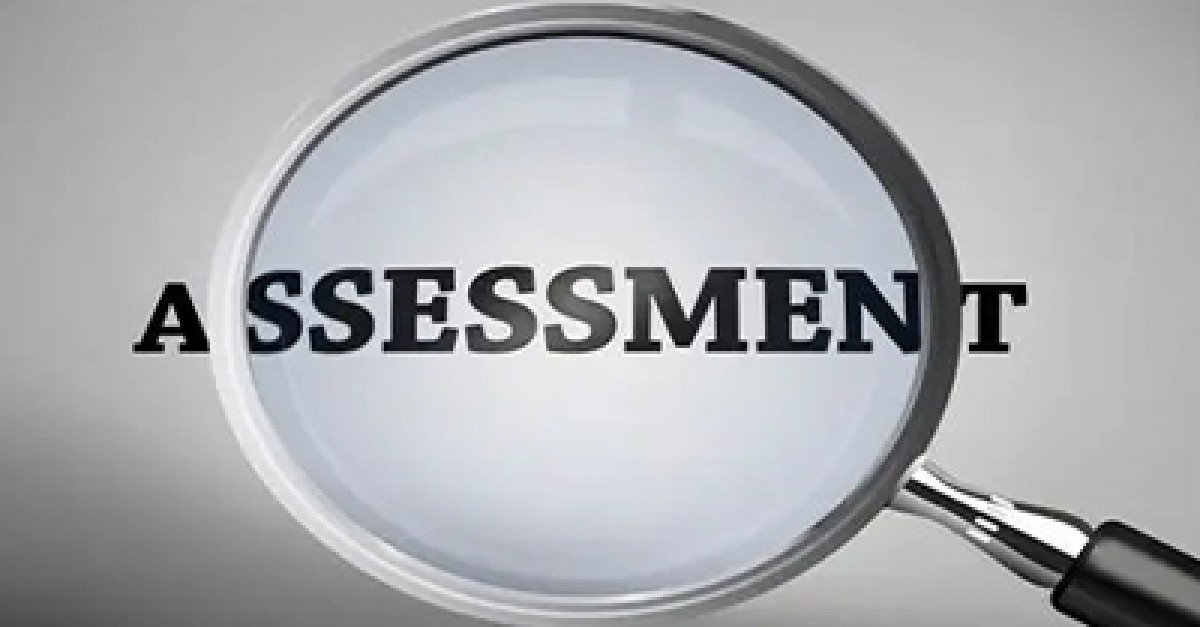
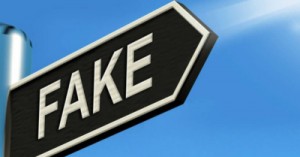
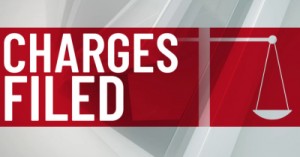
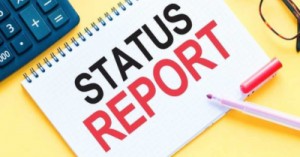

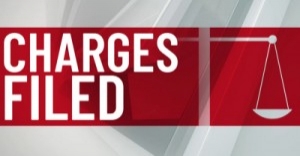 ***WARNING: DISTRESSING CONTENT*** Victorian detectives have laid 83 additional charges against former Melbourne childcare worker Joshua Dale Brown, expanding the total number of alleged offences
***WARNING: DISTRESSING CONTENT*** Victorian detectives have laid 83 additional charges against former Melbourne childcare worker Joshua Dale Brown, expanding the total number of alleged offences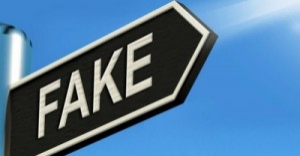 Regulatory authorities across Australia have identified staffing as a priority area, with a strong focus on ensuring educators hold valid, authentic qualifications. Unfortunately, fraudulent certificates
Regulatory authorities across Australia have identified staffing as a priority area, with a strong focus on ensuring educators hold valid, authentic qualifications. Unfortunately, fraudulent certificates